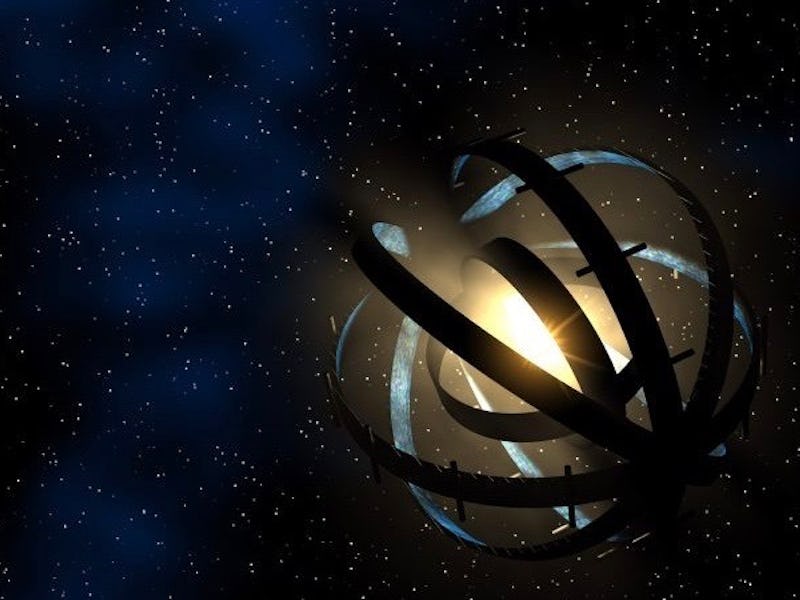
Last year, a mysterious star named KIC 8462852 (a.k.a. Tabby’s Star) left astronomers scratching their heads and people around the world wondering if we had finally seen evidence of life beyond Earth. Many theories were put forth to explain the star’s strange dimming — including highly advanced technological monuments built by aliens — but just over a year later, astronomers are just as perplexed. However, a group of researchers from the University of Illinois, think that the star’s enigmatic behavior may be due to avalanche-like magnetic activity within the star itself.
KIC 8462852 is nestled between the constellations Lyra and Cygnus. It was first spotted by the Kepler Space Telescope about six years ago, when a group of astronomers on the ground noticed that there was something strange going on. Kepler witnessed unusual fluctuations in the star’s brightness, including numerous instances of KIC 8462852 dimming by as much as 22 percent. This couldn’t be simply explained by planets.
The discovery raised speculation that the light fluctuations could be caused by mega-structures built by intelligent alien life. It’s been suggested that such a structure — more specifically, a Dyson sphere — could be used to harvest energy from the sun and protect the potential inhabitants from the dangers of space.
As cool as a Dyson sphere would be, a lone group of researchers is taking a more practical approach to explaining the star’s weird behavior. According to a new paper published Dec. 19 in the journal Physical Review Letters, the weird behavior might be a result of the star’s own internal activity.
“This is a very, very different explanation from what’s been kicking around up to now,” Richard Weaver, a condensed-matter physicist at the University of Illinois at Urbana-Champaign said in a news release.
The team analyzed the light fluctuations over a four year period and concluded that the anomalies followed an avalanche-like pattern, typically seen in magnetic fields.
Previous research has shown that similar, albeit not as extreme behavior, was observed in magnetically active stars and that the same avalanche-like patterns have been observed in powerful stellar flares.
The researchers do not know what triggers the avalanche-like behavior. They do note that KIC 8462852 (nicknamed Boyajian’s Star, after it’s discoverer) rotates once every 21 hours and that stars with high rates of rotation are typically associated with strong magnetic fields.